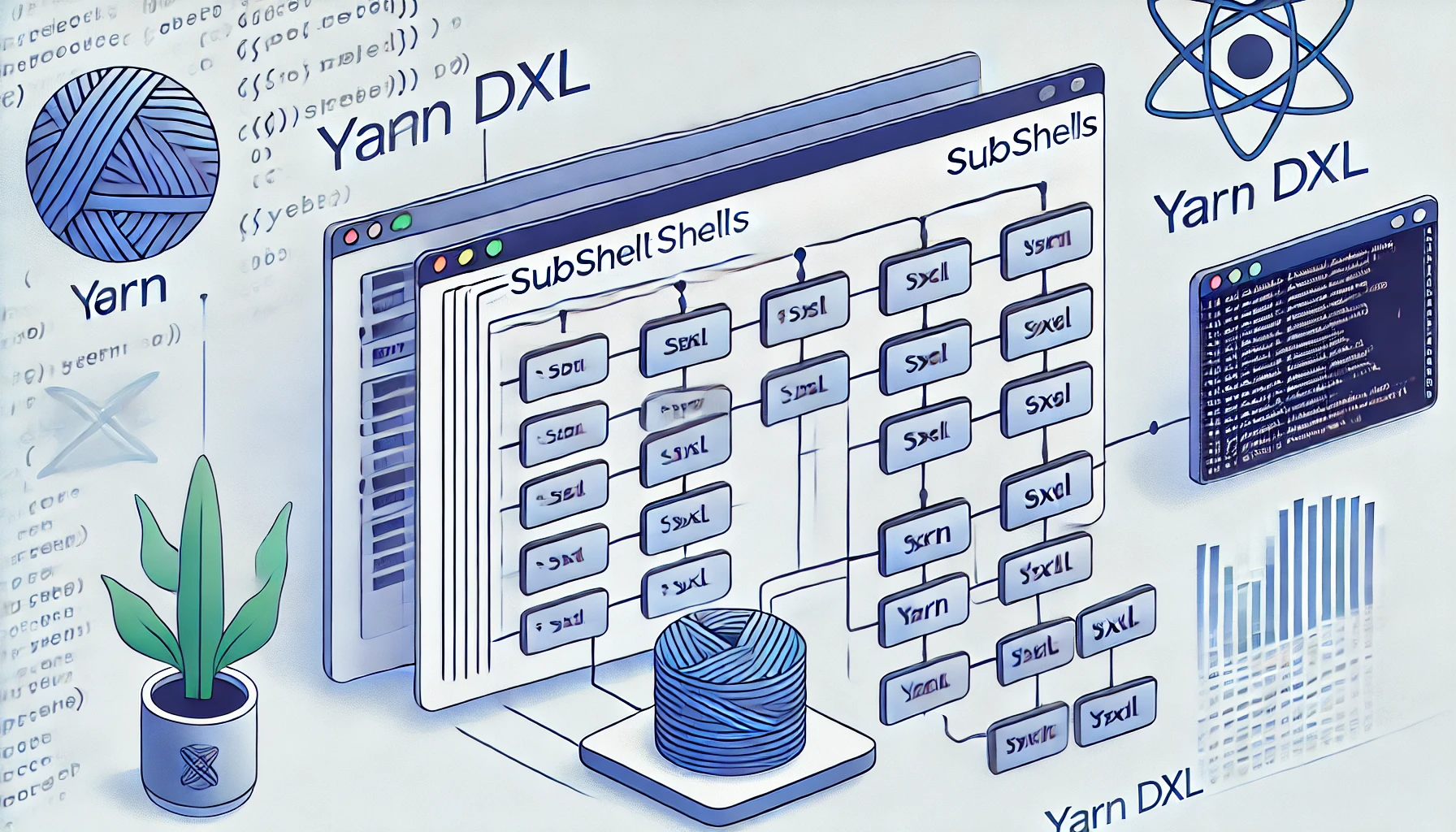Introduction
Have you ever found yourself in a situation where running one shell command at a time just doesn’t cut it? You’re not alone! When using Yarn DXL (Yarn’s “do-execute-list” feature), the need to juggle multiple tasks at once or break up complex scripts often arises. Luckily, Yarn DXL how to run multiple subshells makes it simple to manage multiple subshells, making your workflows more flexible and efficient. This guide walks you through the essentials of running multiple subshells with Yarn DXL how to run multiple subshells in a clear, beginner-friendly way.
Whether you’re new to Yarn dxl how to run multiple subshells or just looking for some tips on handling multiple subshells effectively, this guide will help you master this powerful feature.
Understanding Subshells and Their Benefits
Before diving into Yarn DXL how to run multiple subshells, let’s briefly touch on subshells. Subshells allow you to run commands in an isolated environment, essentially creating a “sandbox” for specific tasks within your script. This setup is especially helpful if you want to prevent commands from interfering with one another or need to control the sequence in which operations happen.
Some benefits of using multiple subshells include:
- Isolation: Each subshell is separated from the main shell, so commands in one subshell won’t impact others.
- Error Handling: Isolating commands can simplify error tracking and debugging.
- Resource Management: Run resource-intensive tasks separately, keeping your main shell environment cleaner and less cluttered.
With these advantages in mind, let’s see how to manage multiple subshells in Yarn DXL how to run multiple subshells
Step 1: Setting Up Yarn DXL
To use Yarn DXL how to run multiple subshells for running multiple subshells, ensure you have Yarn installed. If you haven’t installed it yet, open your terminal and run:
npm install -g yarn
Yarn DXL how to run multiple subshells is part of the core Yarn command set, but it requires a script file where you can define multiple subshells to run different commands. This feature is especially useful for build processes, running tests, or handling simultaneous scripts in a project.
Step 2: Creating Multiple Subshell Commands with Yarn DXL
To run multiple subshells with Yarn DXL, follow these easy steps:
- Set Up Your Script File: Start by creating a
.shor.jsfile where you’ll define your subshells. This file will store the commands you wish to run simultaneously. - Add Subshell Commands: In your script file, use
(and)to define each subshell command. Here’s an example structure:bash(
# First subshell command
echo "Running subshell 1"
ls
) &
# Second subshell command
echo “Running subshell 2”
npm run build
) &
# Third subshell command
echo “Running subshell 3”
yarn test
) &
In this example, each subshell is running independently in the background, thanks to the & at the end of each subshell command block.
- Execute Using Yarn DXL: Now that your subshells are defined, save the script file. Use Yarn DXL to run your commands with:
bash
yarn dxl path/to/your-script.sh
Yarn dxl how to run multiple subshells will execute each subshell in parallel, allowing them to run without waiting for each other to finish.
Step 3: Managing Multiple Subshells for Efficiency
When running multiple commands, managing subshell output is critical for debugging and tracking command status. Here are some tips:
- Redirect Output: Use
>to send output to specific files for easy review. For example:bash(
echo "Running subshell 1"
ls > subshell1_output.txt
) &
- Conditional Execution: Control execution with
&&or||to link command success or failure. For example,command1 && command2only runscommand2ifcommand1is successful. - Error Logs: Capture error messages by redirecting to error logs using
2>. This can be helpful when running complex scripts.
Common Issues and Troubleshooting
- Command Overload: Running too many subshells simultaneously can overwhelm system resources. Limit the number of concurrent subshells if your system slows down.
- Output Overlap: If outputs mix up, direct each subshell’s output to a separate file or log to make reviewing easier.
- Error Tracking: Using multiple subshells can make errors harder to spot. Be sure to monitor each subshell’s progress, and separate error logs if necessary.
Conclusion
Running multiple subshells in Yarn DXL how to run multiple subshells streamlines many project workflows, from handling simultaneous build tasks to testing scripts in isolation. By setting up your script, defining subshells clearly, and using helpful management tips, you’ll be able to make the most out of Yarn’s powerful DXL feature for smooth, organized task execution.
FAQs
Q1: Can I run Yarn DXL subshells in sequence instead of parallel?
Yes, you can. Simply remove the & symbol from each subshell block. This will make each command run one after another rather than simultaneously.
Q2: What’s the difference between a subshell and a regular shell?
A subshell is an isolated environment created within the main shell. It lets you run commands separately without affecting the main shell, making it ideal for testing or running multiple tasks at once.
Q3: How do I know if Yarn DXL is installed?
To check if Yarn is installed, run yarn --version in your terminal. If Yarn DXL is set up, this command should display the version number.
Q4: Can I control the order of commands in subshells?
Yes, by using && for dependent commands and removing & to run commands sequentially.
Q5: Is Yarn DXL only useful for JavaScript projects?
Not at all! Yarn DXL can handle various commands and scripts, so it’s helpful in many project types beyond JavaScript.
